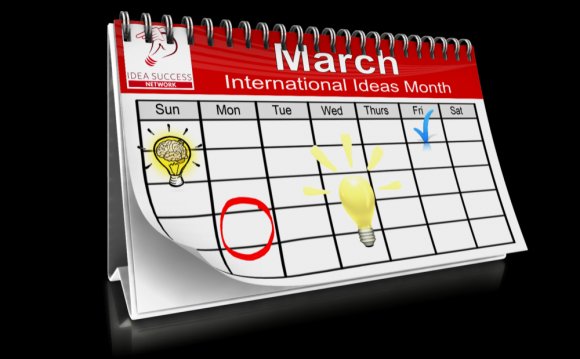
 In the summer of 2014, our good friend Heather Simmons (H2Training and Consultancy, and Heather's brilliant blog ), posed a question for conversation at the Toronto Summer Institute (Toronto Summer Institute ):
In the summer of 2014, our good friend Heather Simmons (H2Training and Consultancy, and Heather's brilliant blog ), posed a question for conversation at the Toronto Summer Institute (Toronto Summer Institute ):
"What does “good” look like?"
We share Heather's interest in this question. In the struggle to create deep and lasting change, this question surfaces in our quest to articulate visions that can guide our behavior. It arises when we hear people speak of “person centered” practices and services, “community inclusion”, “de-institutionalization transition to community”, and upon observing discover what looks like the “mediocre side of crappy”. Our curiosity is irritated when we experience conversations where person centered and inclusive community language is adopted, knowing that people have simply substituted this language, applying it to old logic, processes, and practices... "Inclusion" class is the new Special Ed class...Person Centered Planning is the new ISP/IPP/IEP/IHP...etc., etc.
When we look at what predominantly exists today, we see that it has been modeled on the creations of the people who historically, passionately worked for change:
- In the 1940’s, 50’s, and 60’s families worked to create “places” for sons and daughters who had no recognition of rights as citizens, no place to go, no school opportunities, and no support if they did not move to live in an institution. What good looked like was formed out of the effort to create “some place” for people who had “no place” or places that were seen as “bad places” to be.
- In the 1970’s and 80’s, people who recognized the high costs of “institutionalizing” people: the extreme personal costs …physical, emotional, sexual abuse…neglect…and the experience of “imprisonment”; the more subtle personal costs …the loss of personhood, identities forged out of deficits and incapacities, the absence of “self-determination”, and extreme “dis-empowerment”; and the high financial costs of delivering expensive models of “support” that reach few people with awful outcomes. What good looked like was formed out of the effort to create “smaller group” settings in communities where citizens live and work, for people who were warehoused had been contained in large fully self-contained settings separate from people who live and work in neighborhoods.
Often people who offer, and defend these “good” places, point to the "evidence" that people who are served there say they are “happy”. What is missed is the incredible capacity of people served to adapt to the circumstances they are dealt. We ask people if they are happy with their living situation, or how they spend their days, without offering them a sense of other options, and what support in those options could look like. We ignore the fact that we hold the power over how things are designed, who is in charge, who controls the schedule and the rules. We don't recognize that if people say how they really feel there may be negative costs in the relationship with those who are paid to deliver support, experiencing rejection, anger, and even punishment.
We pass over people, ignoring them when they say what they really want and need, sometimes for years, because we cannot see how we could do anything about it under our current model, structure, funding, rules.
And let's not forget that not everyone is "happy". So many people communicate their unhappiness, their frustration that boils into rage, but our response has been adding the moniker, “behaviorally challenged”, and investing large amounts of resources to assess, label, manage, sedate, and adapt that behavior, without ever considering that their behavior is the only way that they can communicate their angst and dissatisfaction with the absence of control over course of their lives.
When Patti Scott established Neighbors Inc in the mid 1990’s, it was born out of a realization that she would not want to live life in the way the people she worked for were forced to live under the services that she was responsible for. It was born out of a deep discomfort with what is, and an, acknowledgment that it is “wrong” and therefore “bad”, for people to be denied a sense of personhood; to people be forced to live with others (who they do not choose) in places that they did not choose; to have no say over who supports you in intimate aspects of your life, and how they support you; to be defined as incapable of engaging as a citizen; to be defined as someone who is not powerful; to hand over control of your life in exchange for “support”.
This discomfort with how "bad" things are, fuels the articulation of "what good looks like", what is worth digging in to work on changing. Change requires:
- a vision of what good looks like
- a deep discomfort with the way things are (what bad looks and feels like) that fuels an urgency to act and sustain action
- a willingness to openly reflect on what we do, and what we create, always expanding our understanding of the completeness of the vision that we strive toward
We do this in spite of the overwhelming evidence that common experiences for people who have been identified as ‘developmentally”, “intellectually”, “cognitively” disabled are:
- isolation and disconnection from associational relationships
- loneliness
- poor health
- abuse
- poverty
- unemployment or severe underemployment
- revolving doors of service relationships
- no place to call “my home”
YOU MIGHT ALSO LIKE












